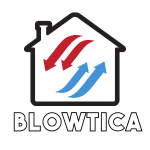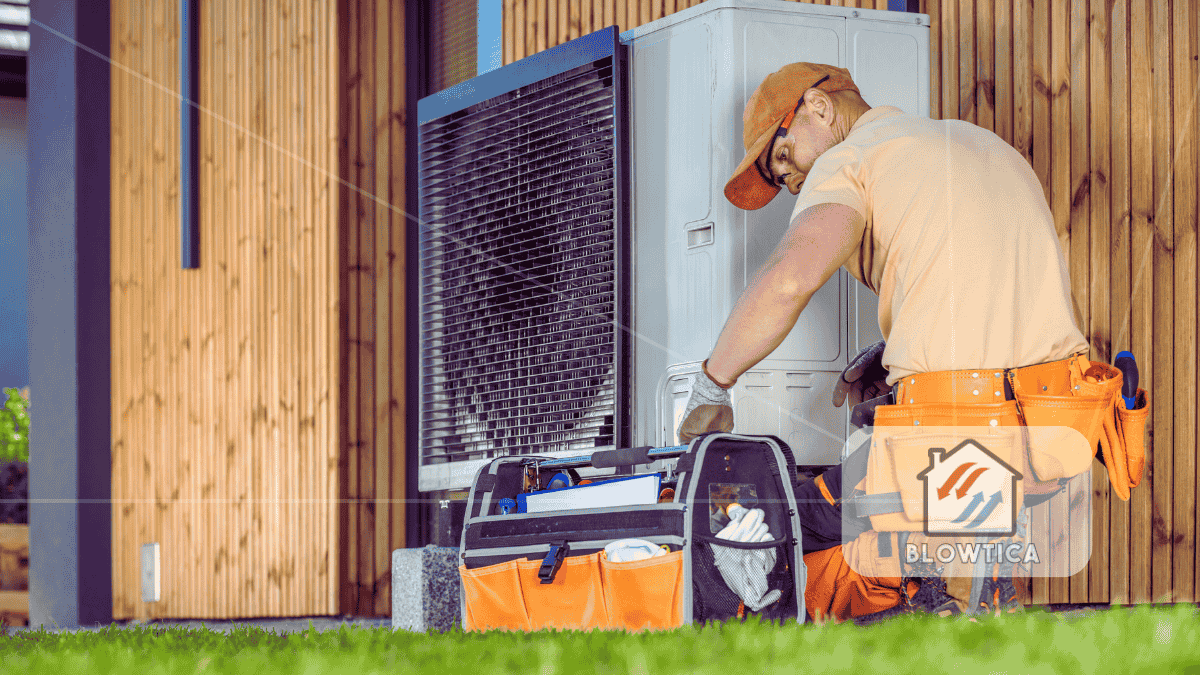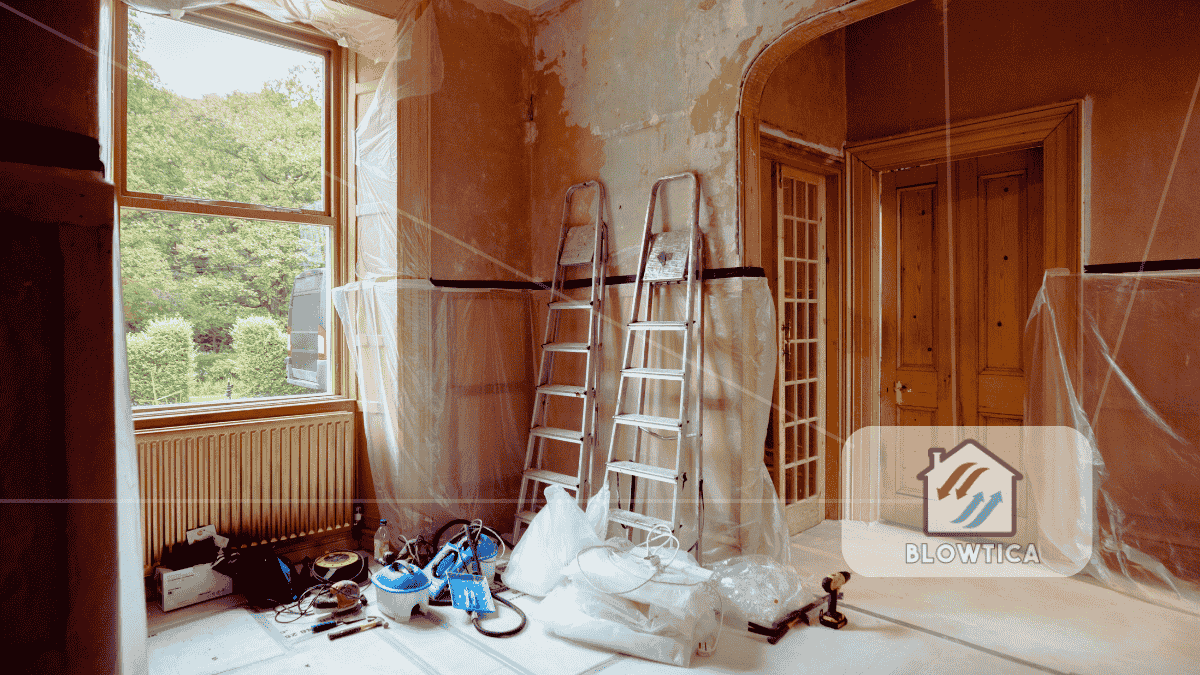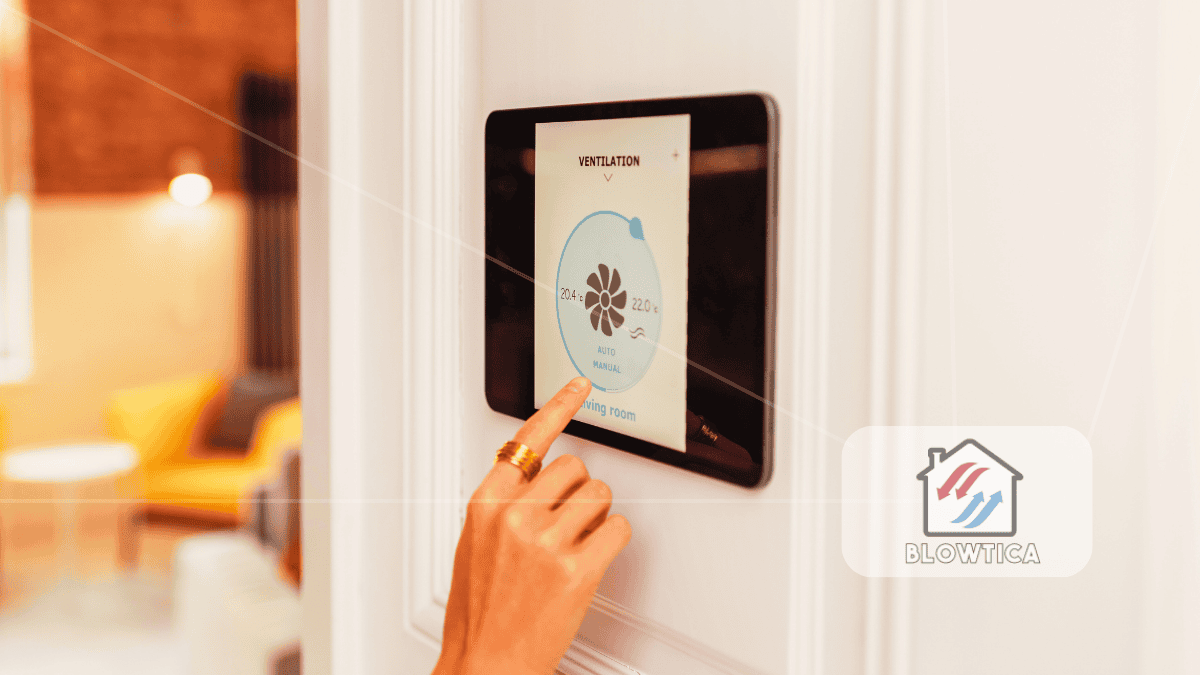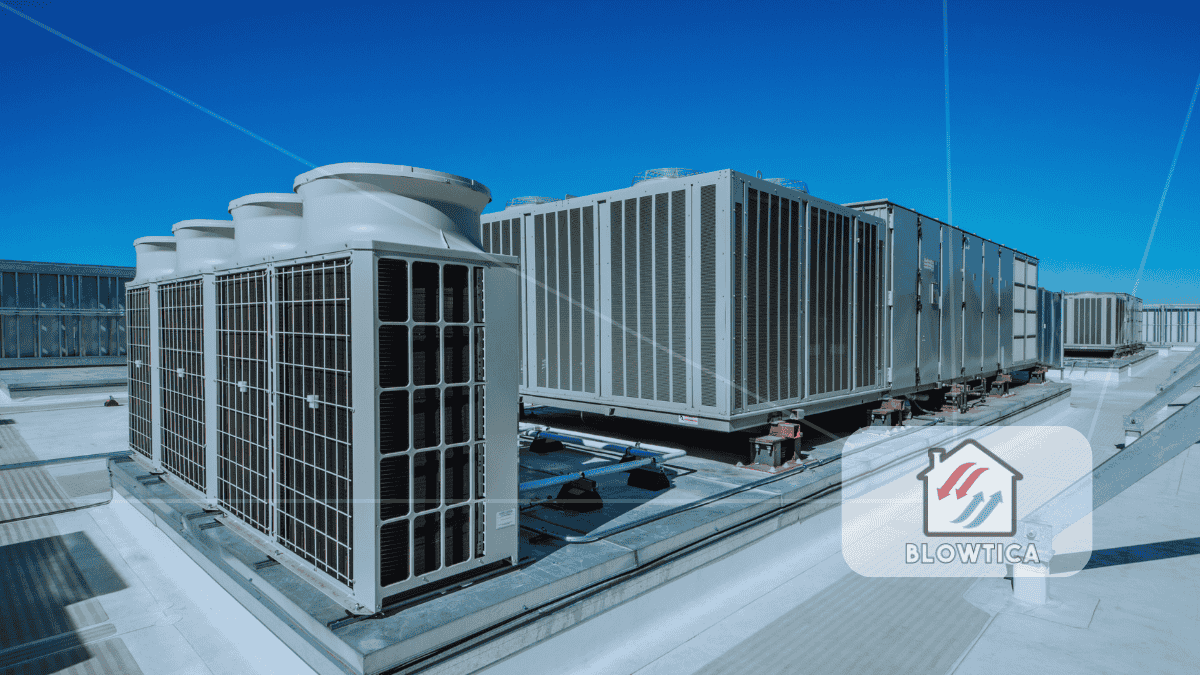
New rules for heating, ventilation, and air conditioning (HVAC) systems are coming in 2025. These changes will affect what kind of systems homeowners can install, how much energy they use, and even what refrigerants they contain. If you own a home or plan to upgrade your HVAC system soon, you need to understand the 2025 HVAC regulations and how they impact you.
Why the Change?
The HVAC industry is under growing pressure to reduce energy consumption and eliminate substances that harm the environment. Many legacy systems rely on refrigerants that contribute significantly to climate change. On top of that, energy-hungry units inflate electricity bills and place additional stress on the national power grid.
To counter these issues, the U.S. Department of Energy (DOE) and the Environmental Protection Agency (EPA) are introducing new standards. These focus on energy efficiency, system performance, and the transition to environmentally safer refrigerants. The 2025 HVAC regulations mark a significant step in that direction.
Key Highlights of the 2025 HVAC Regulations
Here are the main changes homeowners should expect:
1. New SEER2 Ratings
The Seasonal Energy Efficiency Ratio (SEER) measures how efficiently an air conditioner performs over a cooling season. SEER2, a newer version introduced in 2023, accounts for real-world conditions, including static pressure in ducts.
By 2025, the minimum SEER2 requirements will increase again. This means newly manufactured and installed units must meet higher benchmarks for energy performance.
What this means for homeowners:
- Upfront equipment costs may rise, but long-term savings on utility bills can balance out the investment.
- You’ll need to verify that any system you buy meets SEER2 thresholds for your region.
2. Refrigerant Phase-Out and Shift to Low-GWP Alternatives
Refrigerants like R-410A, which have a high Global Warming Potential (GWP), are being phased out. Starting in 2025, new HVAC systems must use low-GWP refrigerants such as R-32 or R-454B.
What this means for homeowners:
- Older systems using phased-out refrigerants will still be serviceable, but the cost and availability of these refrigerants will decline.
- Technicians will need updated training and certifications to handle new refrigerants safely.
3. Regional Efficiency Standards
The 2025 HVAC regulations continue the trend of tailoring efficiency requirements based on geographic climate zones.
What this means for homeowners:
- Residents in Southern and Southwestern states will face stricter energy efficiency requirements.
- Buying equipment from a different region or installing outdated systems could cause compliance issues and failed inspections.
4. Improved Installation and Commissioning Protocols
Improper HVAC installation can cause up to 30% efficiency loss. The new guidelines aim to tighten standards around installation and system commissioning.
What this means for homeowners:
- You’ll need to work with licensed contractors who follow best practices.
- Expect more thorough inspections and post-installation performance tests.
5. Stricter Building Code Enforcement
Local jurisdictions will align their building codes with the 2025 HVAC regulations. Inspections will become more rigorous, especially for new construction and major renovations.
What this means for homeowners:
- Failing to meet HVAC standards could delay home sales or renovations.
- Non-compliant systems may need to be replaced even if they’re still functional.
Cost Implications
The financial aspect is a key concern for most homeowners. More efficient systems typically come with a higher price tag, but the trade-off is long-term energy savings and fewer repairs.
Potential Costs:
- Expect a 10% to 30% price increase for compliant systems.
- Retrofitting older units to meet new standards may be impractical or more expensive than replacement.
Potential Savings:
- Lower energy bills due to improved performance.
- Access to rebates, tax incentives, and utility company programs.
Environmental and Health Benefits
The shift to high-efficiency systems and eco-friendly refrigerants doesn’t just lower your power bill—it improves air quality and reduces your carbon footprint.
Health Benefits:
- Modern systems provide better air filtration and humidity control.
- Reduced risk of refrigerant leaks that can affect indoor air quality.
Environmental Impact:
- Lower greenhouse gas emissions.
- Support for broader climate initiatives and sustainability goals.
How to Prepare
Preparation is key to avoiding last-minute upgrades or costly mistakes. Here’s how to get ahead of the curve:
1. Schedule an HVAC Assessment
Hire a licensed contractor to evaluate your current system’s efficiency and compliance status. Knowing your system’s condition helps you plan and budget effectively.
2. Explore Incentives and Rebates
Government and utility companies often offer financial incentives for upgrading to energy-efficient HVAC systems. Check websites like Energy Star, local utility providers, or DSIRE (Database of State Incentives for Renewables & Efficiency).
3. Budget for Replacement or Upgrade
If your HVAC system is older than 10–12 years or uses refrigerants like R-410A, now is the time to plan a replacement. Prices may rise as the 2025 deadline approaches due to higher demand and supply chain pressures.
4. Choose Certified Professionals
Ensure your HVAC contractor is trained and certified to work with low-GWP refrigerants and follow updated installation protocols. Look for certifications from NATE (North American Technician Excellence) and EPA Section 608.
5. Prioritize Smart Systems
Consider upgrading to smart HVAC systems with advanced thermostats and zoning capabilities. These features boost energy efficiency and give you more control over your home’s climate.
What Happens If You Don’t Comply?
Skipping compliance could cost you more in the long run. Consequences range from fines to failed inspections and reduced resale value.
Risks of Non-Compliance:
- Difficulty obtaining permits or passing inspections.
- Limited access to parts and service for outdated systems.
- Possible voiding of manufacturer warranties or insurance claims.
Common Misconceptions About the 2025 HVAC Regulations
Myth 1: I’m required to replace my system in 2025. False. The rules apply to new systems and replacements, not existing units still in use.
Myth 2: R-410A refrigerant becomes illegal immediately. Not exactly. The phase-out begins in 2025 for new systems. R-410A will still be available for servicing older units, but supplies will decline.
Myth 3: These rules are optional suggestions. Incorrect. The 2025 HVAC regulations are mandatory and enforceable by law through local building codes and federal oversight.
Future-Proofing Your Home
While the 2025 HVAC regulations focus on current efficiency and environmental goals, thinking long-term can maximize your investment. Prioritize systems that exceed minimum requirements, integrate with smart home platforms, and allow future upgrades.
Future-Proof Features to Consider:
- Variable-speed compressors for optimal performance.
- Zoned systems for tailored temperature control.
- Integrated smart sensors for real-time diagnostics and monitoring.
Final Thoughts
The 2025 HVAC regulations are more than policy—they’re a roadmap to cleaner, smarter, and more efficient homes. While the upfront investment might be higher, the rewards include lower energy bills, improved comfort, and reduced environmental impact.
Don’t wait until your system breaks down or becomes obsolete. Take action now to assess, plan, and transition to a system that aligns with the new standards. Being proactive ensures you stay ahead of the curve and make the most of incentives, technology, and energy savings.
Understanding the 2025 HVAC regulations isn’t just smart—it’s essential. Your wallet, your comfort, and the planet will thank you.
